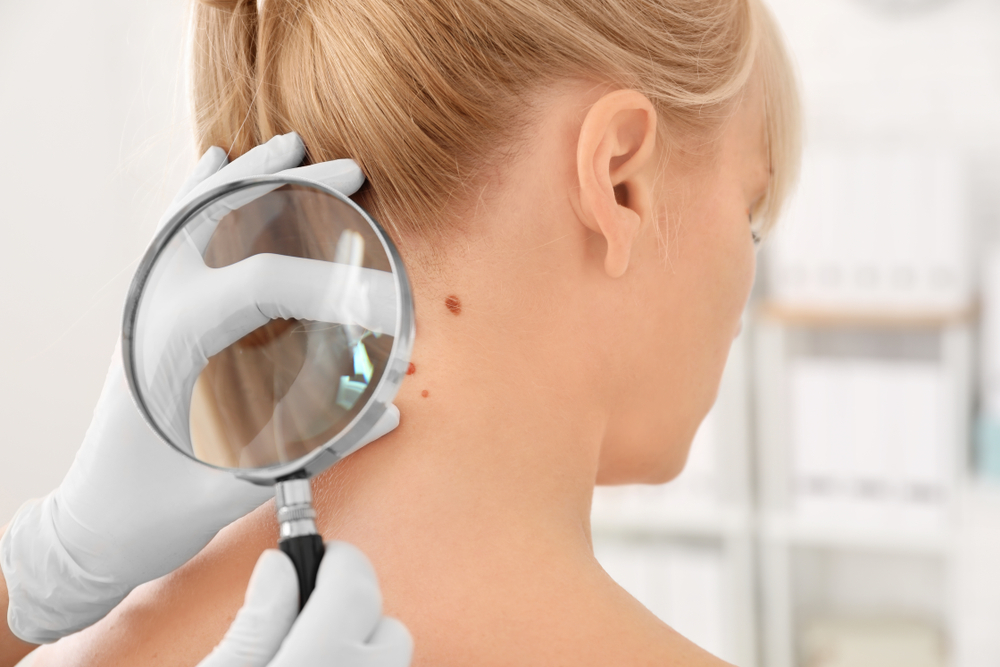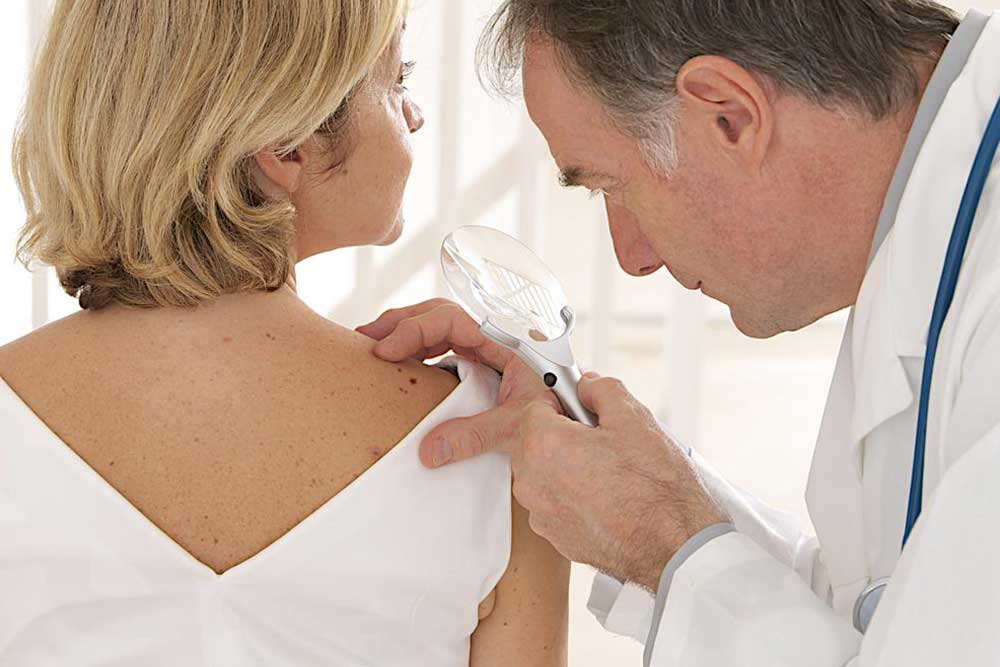Comprehensive Guide to Squamous Cell Carcinoma: Symptoms, Risks, and Treatments
This detailed guide explores squamous cell carcinoma, including its causes, symptoms, diagnosis, and treatment options. Early detection plays a crucial role in successful management. The article aims to educate readers about risk factors such as sun exposure, skin type, and genetic influences. Learn how to identify signs of this common skin cancer and the medical procedures used for treatment. Consulting a dermatologist promptly is essential for effective care and improved outcomes.

Comprehensive Guide to Squamous Cell Carcinoma: Symptoms, Risks, and Treatments
Squamous cell carcinoma is the second most prevalent skin cancer, primarily occurring in areas exposed to sunlight or tanning devices. Common locations include the face, neck, hands, legs, and back. This cancer tends to progress slowly but can invade tissues, bones, and lymph nodes, making treatment challenging if diagnosed late. Early detection significantly improves treatment success. Risk factors include prolonged sun exposure, fair skin, blond or red hair, age, and certain genetic or chemical exposures. Recognizing symptoms early is vital for effective management.
Identifiable risk factors include: advancing age, light skin tone, blonde or red hair, and frequent UV exposure. Additionally, men and individuals with blue, green, or gray eyes are at increased risk. Other factors involve use of tanning beds, Bowen’s disease, radiation exposure, inherited DNA conditions, and contact with carcinogenic chemicals like arsenic.
Symptoms typically include raised, dome-shaped bumps, red patches, or skin that appears irritated or rough. These areas may crust, bleed easily, or cause discomfort. Larger growths can be itchy or painful, and persistent sores or scars may also develop where cancer begins.
Diagnosing squamous cell carcinoma involves consultation with a dermatologist who will review medical history, sun exposure, tanning habits, and skin changes. A physical exam assesses the size, shape, and texture of suspicious spots, along with lymph node checks. If necessary, a skin biopsy will be performed to confirm the diagnosis.
Effective treatments are usually performed in medical clinics through minor surgical procedures such as excision, Mohs surgery, or cryotherapy. Other options include topical medications, laser therapy, or targeted drug treatments, depending on the tumor size and location.
Note:
This article provides general information about squamous cell carcinoma, based on research and medical guidance. It is not intended as a definitive diagnosis or treatment plan. Readers are advised to consult healthcare professionals for personalized advice. The website does not assume responsibility for discrepancies or updates beyond this content.










